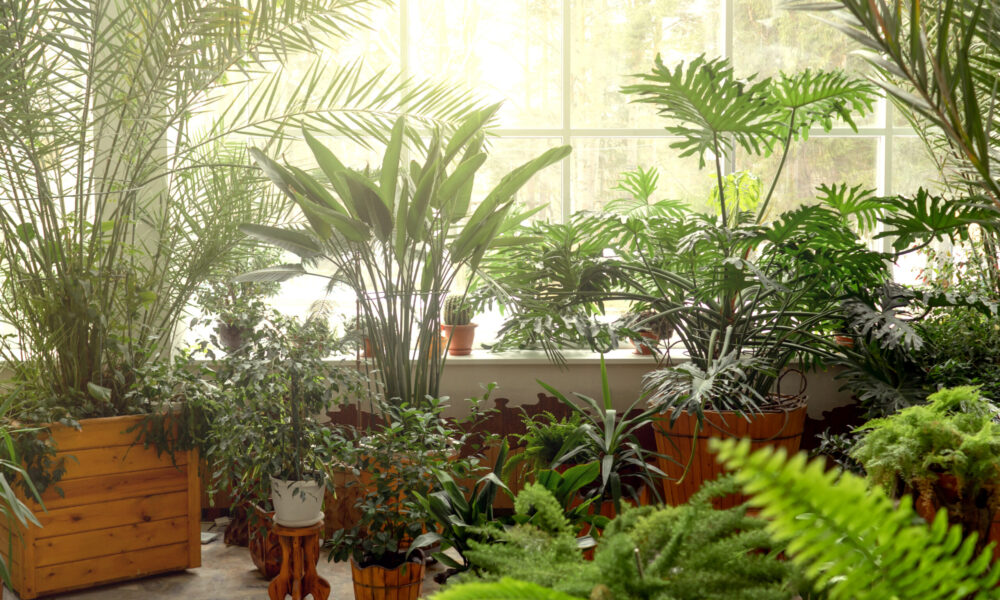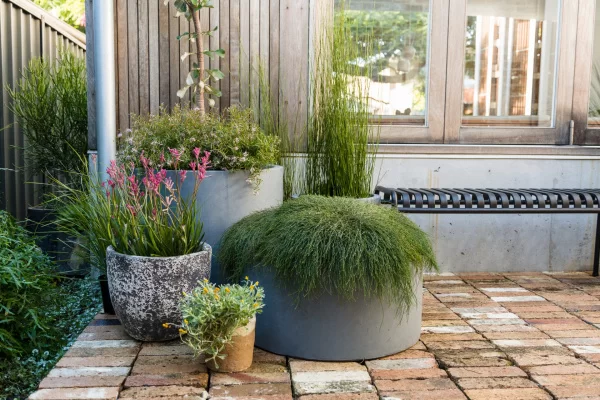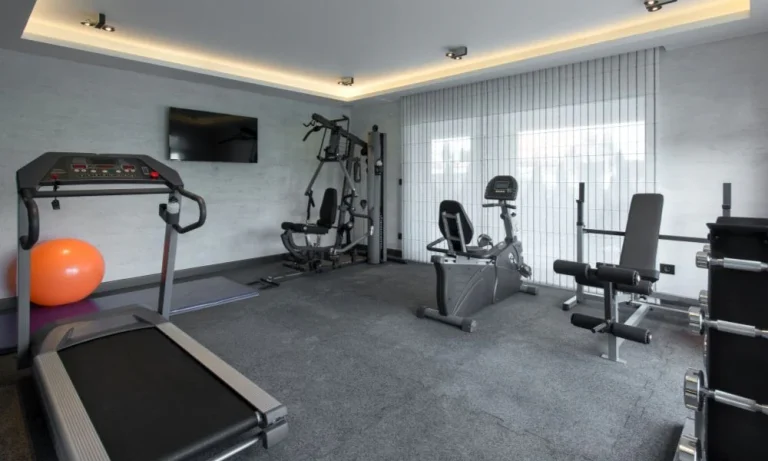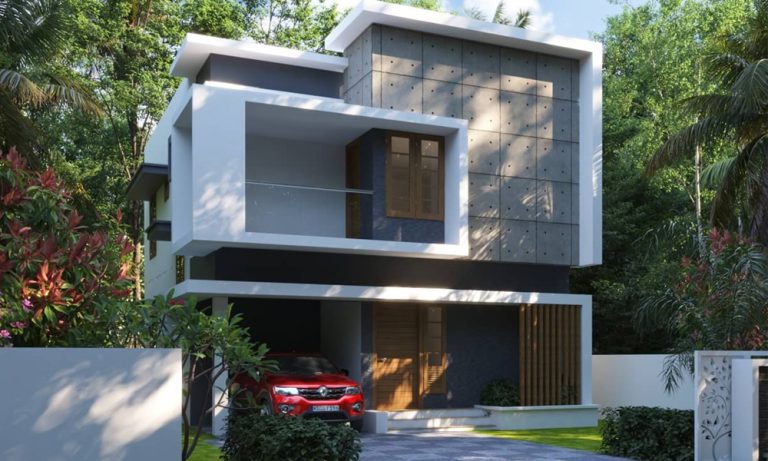Living in Miami allows residents to enjoy abundant sunshine, tropical breezes, and lush greenery. Homeowners can bring these natural elements into their homes to enhance comfort, well-being, and overall enjoyment of indoor spaces. Biophilic design creates a connection between people and nature. It uses light, plants, water features, and natural materials to make homes healthier and more inviting.
Biophilic design can create environments that reduce stress, boost creativity, and improve health. Outdoor life is central in Miami, so biophilic design helps residents bring the feeling of the tropics indoors. Here’s how:
Using Natural Light
Natural light is a cornerstone of biophilic design. Large windows, glass doors, and skylights allow sunlight to flow into rooms. This creates a bright and uplifting atmosphere. Miami’s sunny climate makes it easy to use daylight to reduce reliance on artificial lighting, which also lowers energy costs.
Strategically placed mirrors can reflect light into darker corners, enhancing the sense of openness. Also, it highlights natural textures and colors. Light-filtering curtains or shades can control glare and allow a soft glow.
Incorporating Greenery
Indoor gardens, potted plants, vertical green walls, and hanging planters bring life into homes while improving air quality. Tropical plants in Miami, such as palms, ferns, and orchids, thrive indoors, creating a seamless transition from outdoor landscapes to indoor spaces.
Indoor plants add aesthetic appeal. They also regulate humidity and absorb pollutants. Incorporating a variety of plant heights and textures creates depth, making rooms feel richer and more connected to nature. Even small windowsills or shelves can host plants, adding greenery to compact spaces.
Using Natural Materials and Textures
Using natural materials like wood, stone, bamboo, and woven fibers enhances the sensory connection to nature. Hardwood floors, stone countertops, and rattan furniture add warmth and texture. Thus, they complement Miami’s tropical aesthetic.
In addition, minor touches, such as jute rugs, wooden shelves, or clay pots, contribute to a tactile and visually pleasing environment. Homeowners who use materials that age gracefully give their outdoor space some character and a sense of history. This reinforces the feeling of being grounded in nature.
Water Features and Views
Homeowners invest in fountains, aquariums, or small indoor ponds to create calming sounds that reduce stress and enhance relaxation. Homes with views of lakes, rivers, or the ocean can be designed to maximize these connections with large windows, balconies, and open layouts that frame natural scenery.
Incorporating water elements inside and outside the home reinforces a sense of tranquility and connection with the city’s coastal environment. Even tabletop fountains or wall-mounted waterfalls offer soothing sounds and visual movement to a room.
Open and Flowing Spaces
Biophilic design also emphasizes open layouts that allow movement and airflow. Miami’s warm climate makes open, airy spaces especially valuable. Homeowners can remove unnecessary partitions or use glass dividers to enjoy natural breezes. They can also create indoor-outdoor transitions through sliding doors.
Open spaces allow light, plants, and views to interact with the entire home, enhancing the feeling of being connected to nature. Minimalist furniture placement further supports a sense of flow, making smaller homes feel spacious and welcoming.




